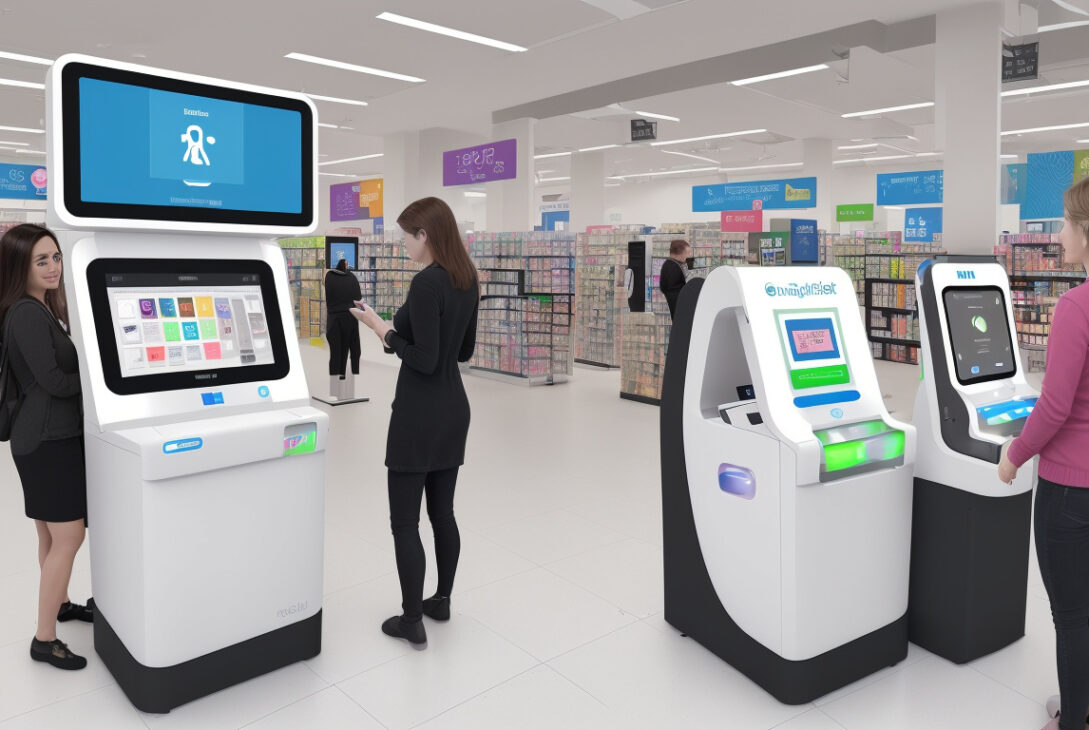Target Introduces Innovative Accessible Self-Checkout Technology for Visually Impaired Customers Nationwide
By Daniella Genovese, FOX Business | Published September 26, 2025
Target is pioneering a new era of inclusivity in retail by unveiling self-checkout technology designed specifically for shoppers who are blind or visually impaired. The retail giant announced that by early 2026, every Target store across the United States will be equipped with this cutting-edge system, developed with direct input from the blind community to enhance independence and dignity for all customers.
Addressing a Long-Standing Barrier in Retail
Self-checkout systems have become increasingly popular among shoppers seeking convenience and speed, helping them avoid long lines at traditional cashier stations. However, these systems have often posed significant challenges for people with visual impairments, presenting accessibility barriers that have limited their independent use.
Steve Decker, Target’s Senior Manager of Accessibility and himself blind, has been instrumental in spearheading the development of this groundbreaking technology. Drawing from his own experiences confronting the difficulties of existing self-checkout machines, Decker helped lead Target’s team in designing a solution that truly meets the needs of visually impaired customers.
“There’s not a lot of accessible self-checkouts really in the country that we’re aware of today,” Decker said in an interview with FOX Business. “Often, blind people or folks with low vision might have some assistance shopping, but the self-checkout portion is not something we’ve been able to do independently.”
Features Designed with Accessibility in Mind
The new self-checkout stations incorporate several tailored elements to serve customers who are blind or have low vision:
- Braille and high-contrast button icons for tactile and visual clarity
- Headphone jack with adjustable volume controls to enable clear audio instructions
- Physical navigation buttons and a dedicated information key to facilitate ease of use without sight
- A custom-designed tactile controller, co-developed by Target and Elo, a global leader in touchscreen technology, providing a tactile keypad interface for navigation and selections
By May 2025, Target had already piloted these accessible self-checkout machines in over 100 stores. The company plans an aggressive rollout, aiming to install the technology in nearly all of its locations by the end of the year, followed by a few hundred more stores equipped in early 2026. ### Collaboration with the Blind Community
What sets this initiative apart is Target’s deep involvement of visually impaired individuals not just as testers, but as leaders and strategic partners in the project. Alongside Decker, the company collaborated closely with the National Federation of the Blind (NFB), the largest and most influential advocacy organization for blind Americans, to develop and refine the system.
“The result is a solution designed from the ground up with intentional choices that create more independence and dignity in the shopping experience,” Decker explained.
The system uses software known as a screen reader that provides audio prompts guiding users through every step—from scanning items to selecting payment methods and completing transactions. Users plug in wired headphones to the custom controller, which includes volume controls, directional arrows, a selection button, and a back key, simulating the accessible technology Decker uses on computers, phones, and smartwatches.
Enhancing Independence and Inclusion
Before the rollout, Decker noted that he often had to rely on traditional checkout lanes or assistance from family, friends, or employees, which could be discouraging.
“It’s really powerful to be able to use the same tools that everybody has, to shop in all the same ways that everybody does,” he said, adding that his three daughters, including one with low vision, will directly benefit from the new system. Shopping independently is not only about convenience but about dignity, inclusion, and empowerment.
Impact and Future Prospects
According to the American Foundation for the Blind, approximately 51.9 million Americans aged 18 and older report some level of vision difficulty, including 3.7 million who experience severe vision loss even with corrective lenses. With such a large population potentially benefiting, Target’s initiative could set a new standard across the retail industry.
Steve Decker called the project "really empowering" and emphasized how being part of this change means impacting a community he intimately knows and cares about.
Looking Ahead
Target’s rollout of accessible self-checkout technology represents a significant milestone in retail accessibility, demonstrating how thoughtful design and authentic collaboration can create meaningful improvements for millions of customers nationwide. By 2026, shoppers who are blind or visually impaired will be able to experience greater autonomy in one of America’s most popular retail chains, changing the face of inclusive shopping.
For more updates on Target’s initiatives and accessibility innovations, stay tuned to FOX Business.










